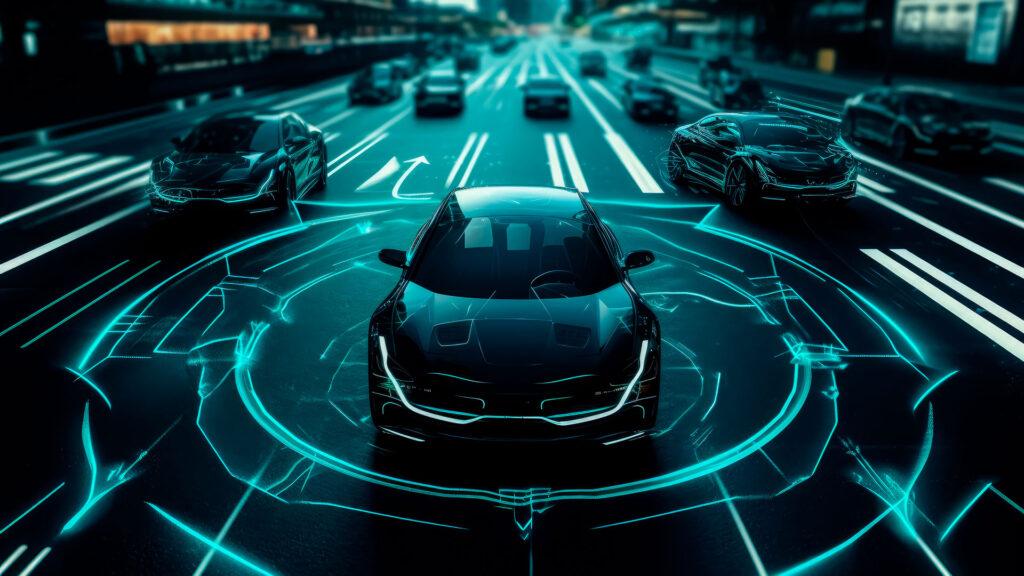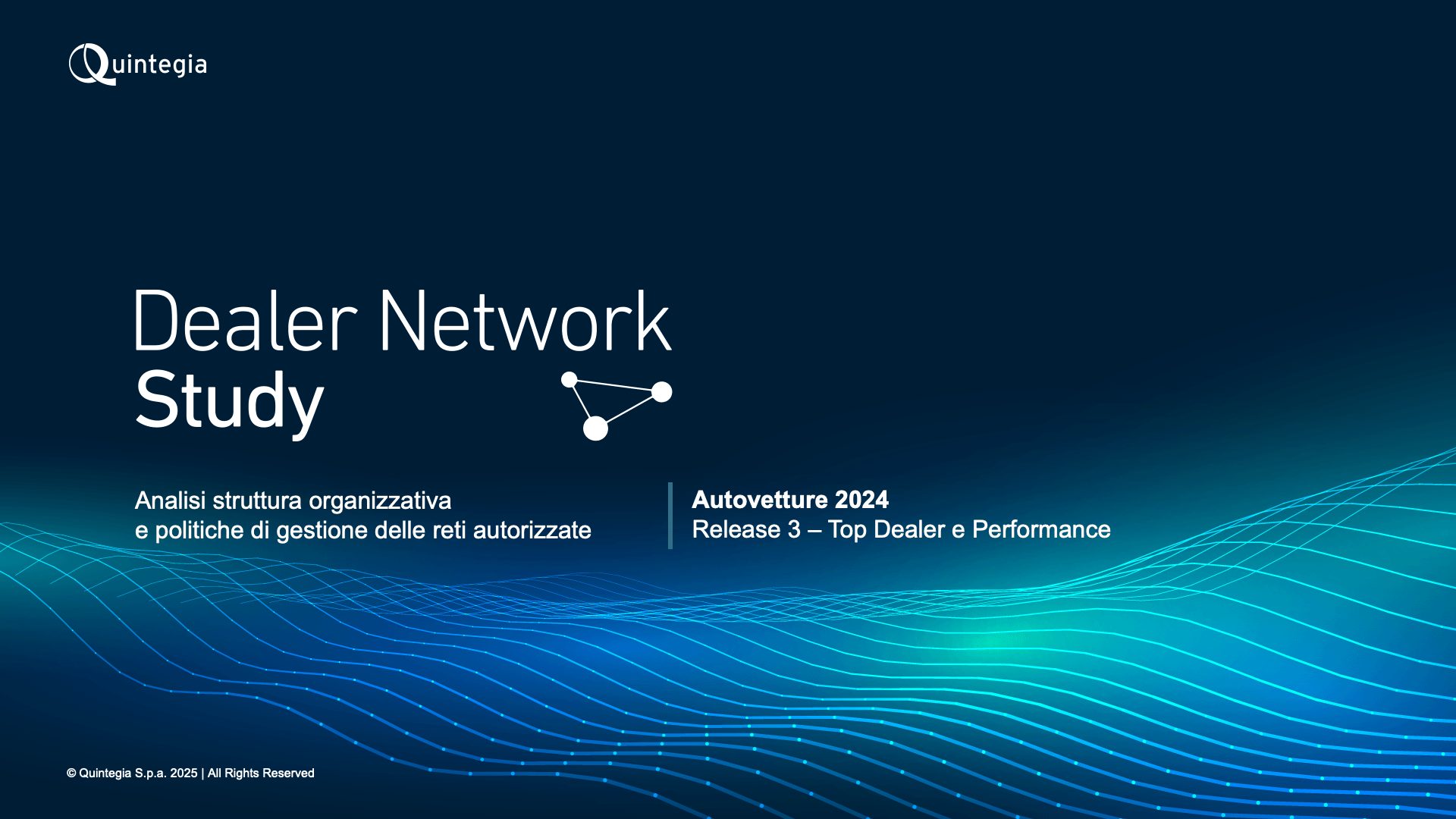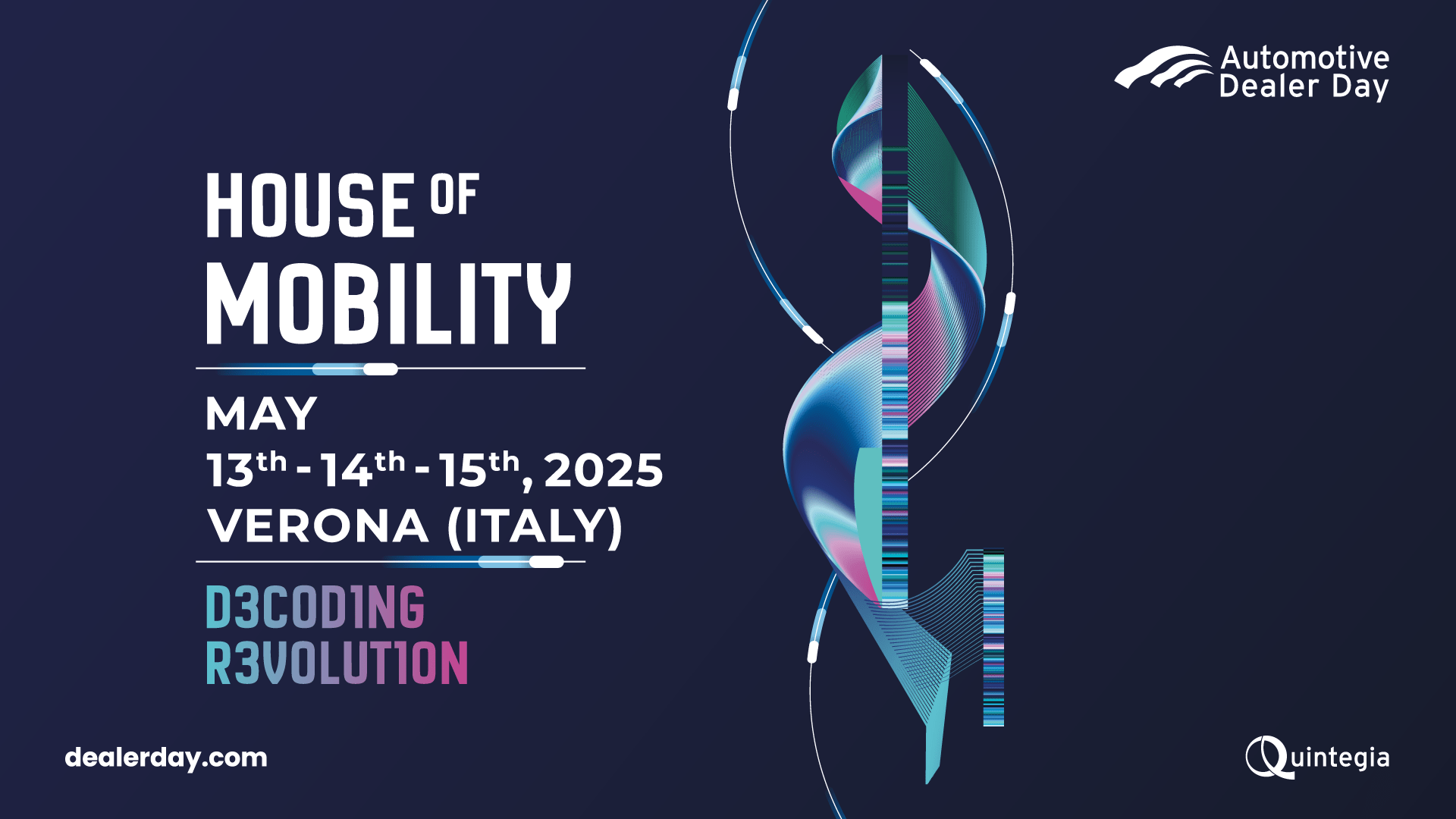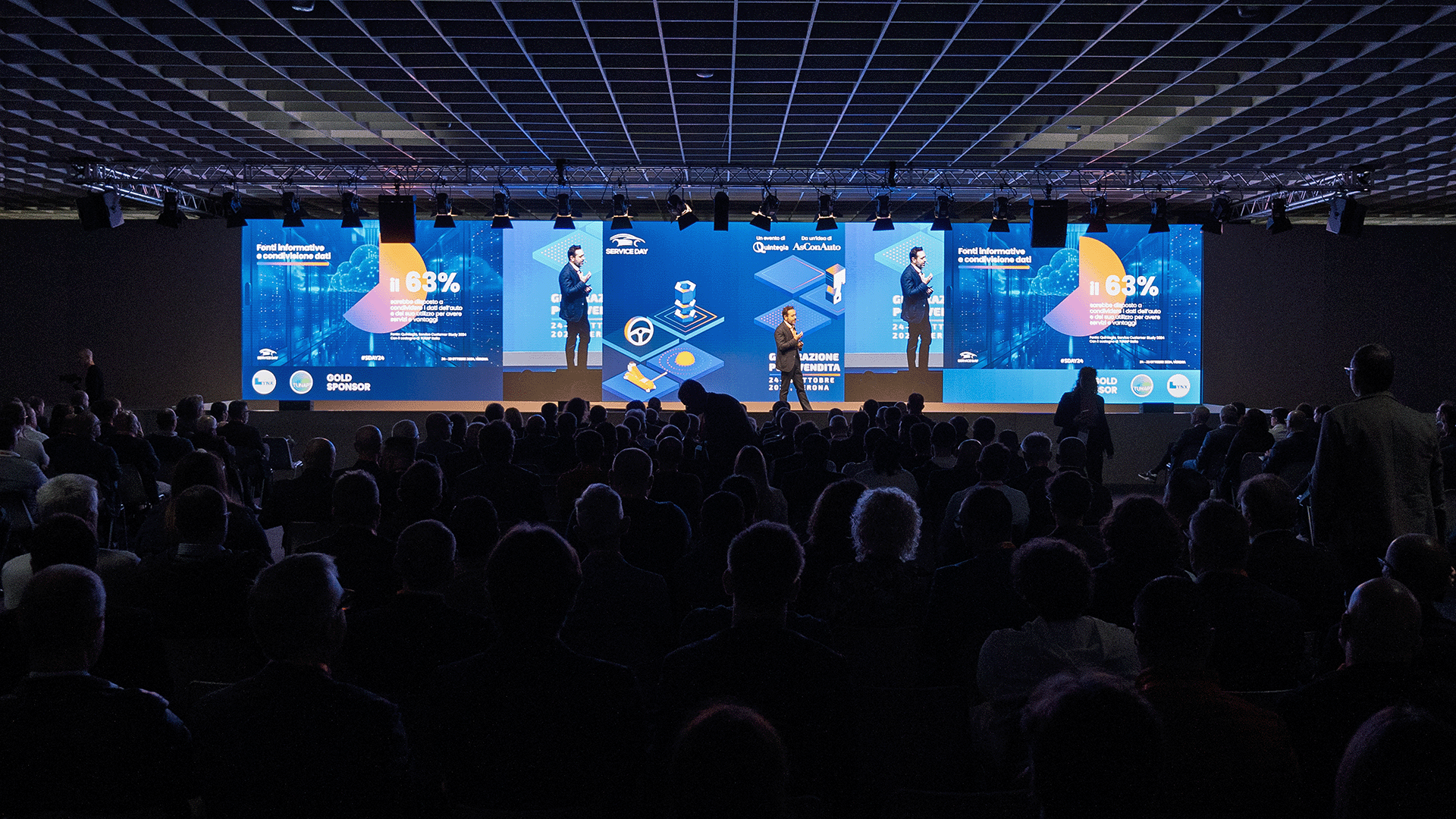Article published in Quattroruote – December 2023 La generazione Z e le auto elettriche: lo studio di Quintegia – Quattroruote.it
The debate around electric cars is becoming increasingly heated and with uncertain outcomes. Actions are taken within a perimeter where the end customer, the true protagonist of a revolution that promises to be epochal, is often forgotten, even though it has an indecipherable time horizon. It is crucial to adopt the consumers’ perspective to analyze strengths and weaknesses. While the current market share of BEVs (Battery Electric Vehicles) is 3.9% (source Unrae, January – October 2023), data collected through the Automotive Customer Study, Quintegia’s observatory that annually monitors the position and approach of users to new cars, show that 18% are interested in considering this type of power source. This figure rises to 51% for Generation Z, i.e., those born after 1996.
The reasons for their success. But what are the drivers of interest in BEVs? According to the respondents, the main catalysts, similar in importance, are three: the electric car is a way to enter the future, it is a technology that offers economic savings, it is an ally in protecting the environment. On the contrary, the main barriers are mostly related to autonomy, cost, and the limited spread of the public charging network, considered insufficient by 86% of the respondents. An essential element, which falls into the hypothetical category of “buts,” is communication: only 42% declare that they have actively sought information, and just 20% have already experienced driving an electric car. This highlights the importance of informing the customer so that they can experience the product firsthand, a decisive element for 70% of those who then purchased it. Another significant data point is that owners of an electric car, in addition to being satisfied with their choice, declare that they have experienced the change positively, finding the transition to the new technology simpler than expected in 60% of cases. This signal, given the relevance and impact of change in habits, usage, and dynamics with the car, tells us that we often tend to overestimate the real complexities of a product that adapts to habits much more than we believe.
The role of new players. A variable not to be underestimated is the arrival of new emerging brands, which – thanks to electrification – have the opportunity to enter the European and particularly the Italian market. The most favorable to consider these little-known brands are young people: 89% of respondents (in the 18-26 age group) showed a positive approach. If the traditional customer finds the price the main element of interest towards these new brands, for those born after 1996 the attraction is innovation. This is a generation that today has a still limited impact on the market, but that in 2035 will play a fundamental role. At that time, the players cannot ignore their needs and attitudes, starting from the propensity for digital, which has become an integral part of the entire context.








